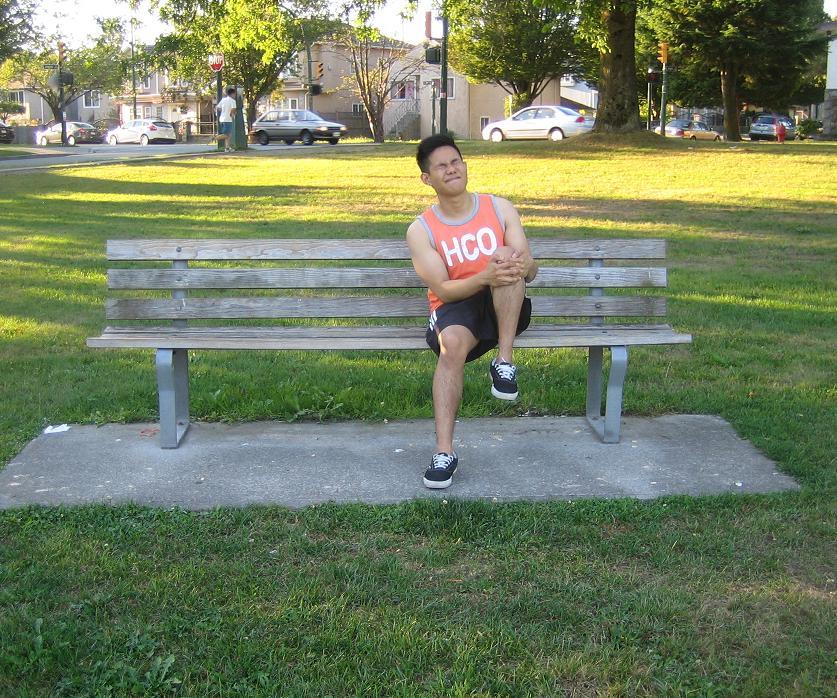Road rash are abrasions caused by falling onto and usually skidding across on asphalt after an accident from motorcycle, bike and skateboarding. The rubbing of skin and skidding across asphalt causes the skin to abrade and result to severe pain.
Abrasions from cyclists are called “road rash.” It usually results to mild bleeding or not at all but causes severe pain because it exposes many nerve endings.
Degrees of road rash
- 1st degree- damages the epidermis and result to tenderness and redness.
- 2nd degree- damages an area of the dermis. It causes scarring.
- 3rd degree- damages the whole thickness of the skin and damages other tissues, muscle and nerves under the skin.
Treatment

- Wash hands properly using warm water and soap to prevent infections. Use disposable gloves before starting to clean the affected area.
- Stop bleeding by applying pressure using a cloth or gauze. Put gauze on the bleeding area and apply pressure for at least a few minutes.
- Rinse the wound by running cool water over it to wash away loose dirt and other debris.
- Wash the area using antibacterial soap and water. Wash only the area around the wound to wash out dirt and bacteria and prevent development of infection. Avoid getting the soap into the wound to prevent further irritations.
- Use clean and sterilized tweezers in picking dirt, sand and splinters that is stuck in the wound. Then rinse the area using cool water when the debris is removed. Pat dry the wound, avoid rubbing to prevent causing pain. Splinters and other materials that are deeply lodged in the wound needs medical help.
- Elevate the area above the level of the heart to lessen the pain and the swelling on the first 24-48 hours after the injury especially the wound in infected and severe.
- Apply the prescribed antibiotic cream to prevent development of infections as it heals. Another alternative is applying petroleum jelly or aquaphor to the affected area to keep the area moist and for fast healing of the condition.
- Cover the rash using a bandage to protect the area from dirt, irritations and infections. Use a non-stick bandage such as Telfa pad is good for the condition. Change bandages when it becomes wet and dirty. Reapply antibiotic cream before covering with fresh bandages.
- Prescribed pain medications to lessen the pain and the inflammation.
- Drink plenty of water at least 6-8 glasses of water every day to stay hydrated.
Disclaimer / More Information
The material posted on this page on road rash is for learning purposes only. Learn to recognize the signs and how it is treated by taking a first aid and CPR class with one of our training providers.
FACT CHECK
https://www.healthline.com/health/road-rash-treatment

